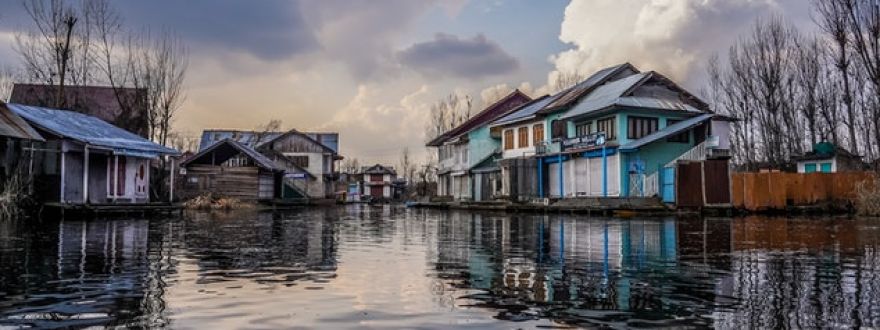
Statistics show that floods are the most common and costliest natural disasters in the United States. Flooding and flood-related events accounted for about 20% of the billion-dollar natural disasters in the United States from 2010 to 2021.
Some researchers predict that by 2050, the cost of damage from flooding will increase by 25%. That is because of climate changes, under-maintained structures, and urbanization.
Several people have numerous misconceptions about floods and flood insurance. With the rise in flood and flood-related events, East Bay Management Company advises everyone needs flood insurance. You never know when it will happen because it may not send warning signs.
People do not own flood insurance because they have several misconceptions about it. Here, we will discuss the various myths concerning flood insurance and the facts you need to know.
Myth number 1: You only need flood insurance if you reside in a flood zone
Many believe they do not need flood insurance because their property is not in a flood-prone neighborhood. That is a misconception. According to the Federal Emergency Management Agency (FEMA), every area can experience floods.
Properties in moderate and low-risk locations are five times more likely to experience flooding than fire disasters in 30 years. Statistics show that over 20% of insurance claims relating to floods are from low and moderate-risk areas.
For all these reasons, you need flood insurance even when you are not in a high-risk area. You can purchase flood insurance for your property if your community participates in the National Flood Insurance Program (NFIP). Even when your community doesn't partake in the program, you can get it from a private insurance company.
Myth number 2: You cannot buy flood insurance if you reside in a high-risk flood zone
Some people think they do not need flood insurance when they are in a high-risk area. However, you still need to purchase flood insurance even when your community participates in NFIP. The program is for people residing in neighborhoods with the highest risk of flooding. Such areas are designated Special Flood Hazard Areas (SFHAs), regulatory floodplains, or 100-year floodplains.
Although those with properties outside or above the floodplain can purchase affordable flood insurance, the cost is higher for homes in SFHAs. Without flood insurance, lenders will not provide federal loans for borrowers who have properties in SFHAs.
Myth number 3: Homeowners' insurance covers flood damage
It is a common misconception that homeowners insurance covers all forms of water damage, including floods. But this is not true. Although standard home insurance may cover certain kinds of water damage, it does not protect against floods. It excludes water damages when water touches the ground outside the property before entering the house. The translation is that it excludes flooding. For that reason, you will need flood insurance separately for this coverage.
Myth number 4: flood insurance is only for homeowners
Some people believe that flood insurance is only for homeowners or landlords. However, everyone needs flood insurance. You do not need to own a residential property before you qualify for flood insurance.
Renters also need flood insurance to protect their belongings. The landlord insurance will not cover renters' items. Commercial property owners can also buy flood insurance to protect their property and businesses.
Commercial properties have insurance to the limit of $500,000 for the content and $500,000 for the structure. Residential properties have protection up to $100,000 for all the content. However, the coverage limit for single-family residential buildings is $250,000.
Myth number 5: Flooding happens only once a century in a 100-year floodplain
People misunderstand the term “100-year floodplain”. They believe it means a flood will happen once every 100 years. The fact is that areas within the 100-year floodplain have one in a hundred chance of experiencing flood every year. These locations have an equal likelihood of flooding this year if it happened last year.
Myth number 6: The government will pay for everything if your home experiences a flood
Although the government offers federal disaster funds to flood victims, you need to understand how it works. The funds are only available if the president declares a disaster. It is essential to note that less than half of flood cases are declared a federal disaster.
Even when there is a national disaster, the usual federal disaster relief grant is $5000 as a low-interest loan you will repay. However, you stand to gain more if you have flood insurance. You get your claims whenever your property experiences flooding. It doesn't have to be a federal disaster. The money you receive is not a low-interest loan and does not require any repayment.
The bottom line
Flood insurance is essential no matter your location. Even minor cases of flooding can cause damages worth thousands of dollars. It would be best to own a comprehensive insurance policy that includes flood and premium homeowners policies.





